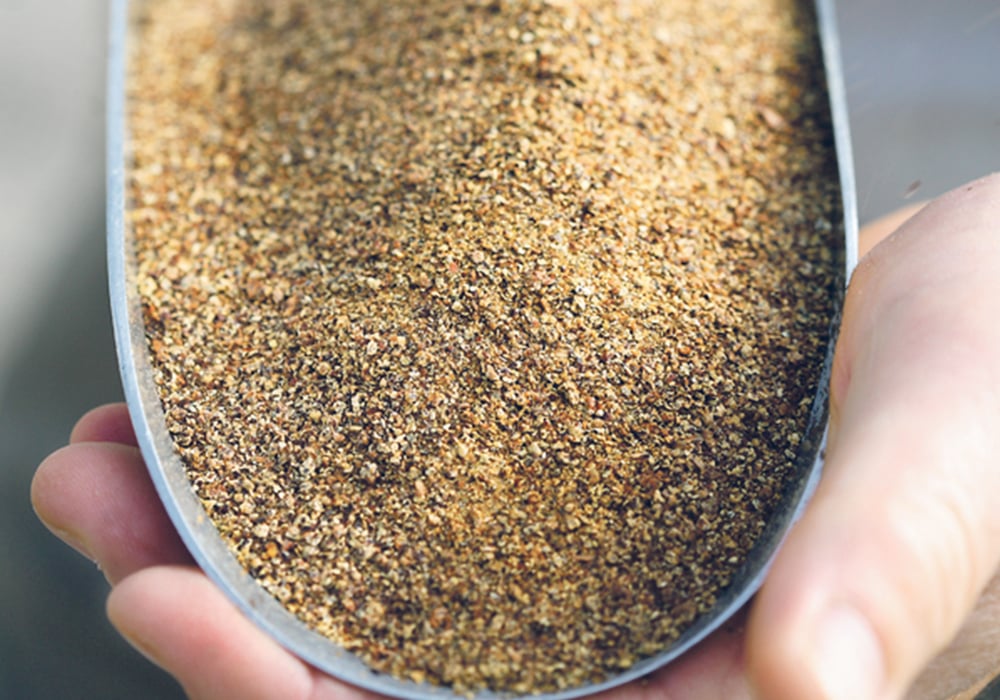Research from Germany has identified a single culprit behind the bitter taste of canola meal, a first small step in making protein concentrates from the crop useful for human food products.
Christoph Hald said that since 1960, the world’s consumption of protein has gone up by a factor of four — much faster than population growth. Some of that is due to lifestyle choices (think protein-enriched sports snacks), but it’s also driven by a growing population increasingly demanding better nutrition.
“If you think about resources, you quickly find they are limited, so plant-based proteins have a lot of advantages over animal-based proteins,” said Hald, a researcher at of the Technical University of Munich. He spoke Dec. 3 at the 50th anniversary edition of Canola Week, held online this year due to the pandemic.
Read Also

Agritechnica Day 3: Hybrid drive for a combine, data standards keep up to tech change and tractors of the year
Agritechnica 2025 Day 3: Hybrid drive for a combine, data standards keep up to tech change and tractors of the year.
Canola protein has a lot going for it, including a combination of amino acids that makes it ideal for animal feed, where it is mainly used. Unfortunately, humans are more fussy when it comes to flavour, odour, appearance, and mouth feel. Canola meal is just too bitter.
To find the cause of the off-taste, Hald and his colleagues uses a “sensomics approach.” This combined high-tech and old school: mass spectroscopy to identify specific molecules in canola meal, and sensory panels made up of real people.
The researchers began with their human panels, creating taste profiles of two broad classes of canola compounds. Cruciferin-rich compounds tend to be bitter, astringent and sour. Napin-rich compounds tend to taste astringent and slightly sweet.
The research team isolated various compounds from the canola meal and re-submitted them to the panels to narrow down their suspects. As they eliminated more and more compounds, they zeroed in on one canola meal fraction that had a very high score for unpleasant taste.
“Much to our surprise, only one substance could be detected in this fraction,” Hald said.
Further analysis told them exactly what they were dealing with, a molecule with the tongue-twisting name of kaempferol 3-O-2-O sinapoyl sophoroside. It is one of a group of plant-produced compounds known as glycosides or flavonols, and a little goes a long way.
“(It) exhibits in human sensory studies a very low human taste threshold,” Hald said.
Knowing exactly what’s causing the bitter taste of canola meal gives researchers a target. This may be new processing techniques to remove the kaempferol glycoside, or varieties developed not to have it in the first place.















